2024: A tough year ahead for children living in an increasingly hostile world
by Gabriella Waaijman, Global Humanitarian Director at Save the Children
Playing. Learning. Exploring. Dreaming. Making new friends. Being cared for when sick. Having a safe and secure home, surrounded by loved ones. These are the cornerstones of a happy and healthy childhood. And yet for millions of children across the globe, these most basic building blocks are being ripped away.
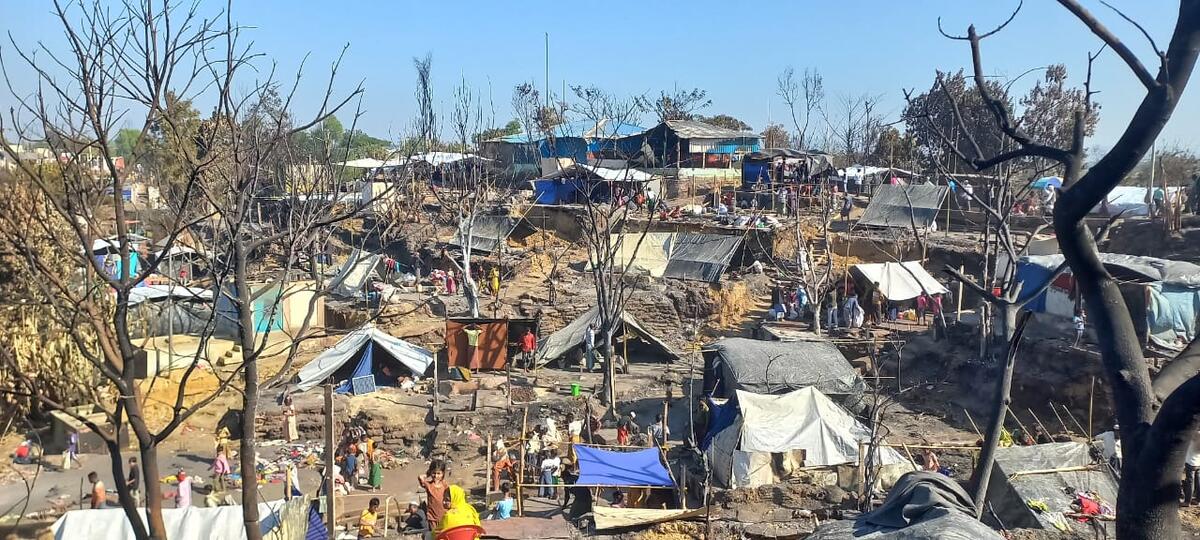
Increasingly severe climate disasters, more violent and protracted conflicts, and deepening inequalities and economic shocks are shattering the lives and futures of children worldwide.
Today, more people are forcibly displaced globally than at any other time since the beginning of the century. These are children and families who have been uprooted from their homes, forced to leave behind their communities, schools, everything they know – often to places lacking the most basic services and infrastructure, like sanitation facilities, healthcare and education.
In the past year alone, we’ve seen children’s lives turned upside down by horrifying escalations in violence – from Sudan to Gaza, Myanmar to the Sahel region, Ukraine to the Democratic Republic of Congo.
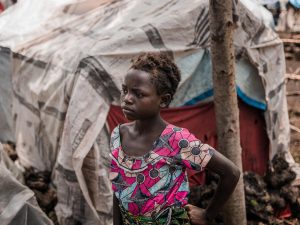
We’ve seen a global hunger crisis tighten its grip with 33 children born into hunger on average every minute. We’ve seen the impacts of the climate emergency rapidly unravelling, with children’s homes in the Horn of Africa submerged by flooding, or children in Mexico cut off from food and schools following an unprecedented hurricane. We’ve seen economic collapse in Lebanon deny children their right to education and the burden of sovereign debt cripple public services in countries across the globe.
And the earthquakes in Türkiye, Syria and Afghanistan not only reminded us of the enduring risk of unpredictable natural disasters, but that millions of children in the most challenging parts of the world face crises on top of crises.
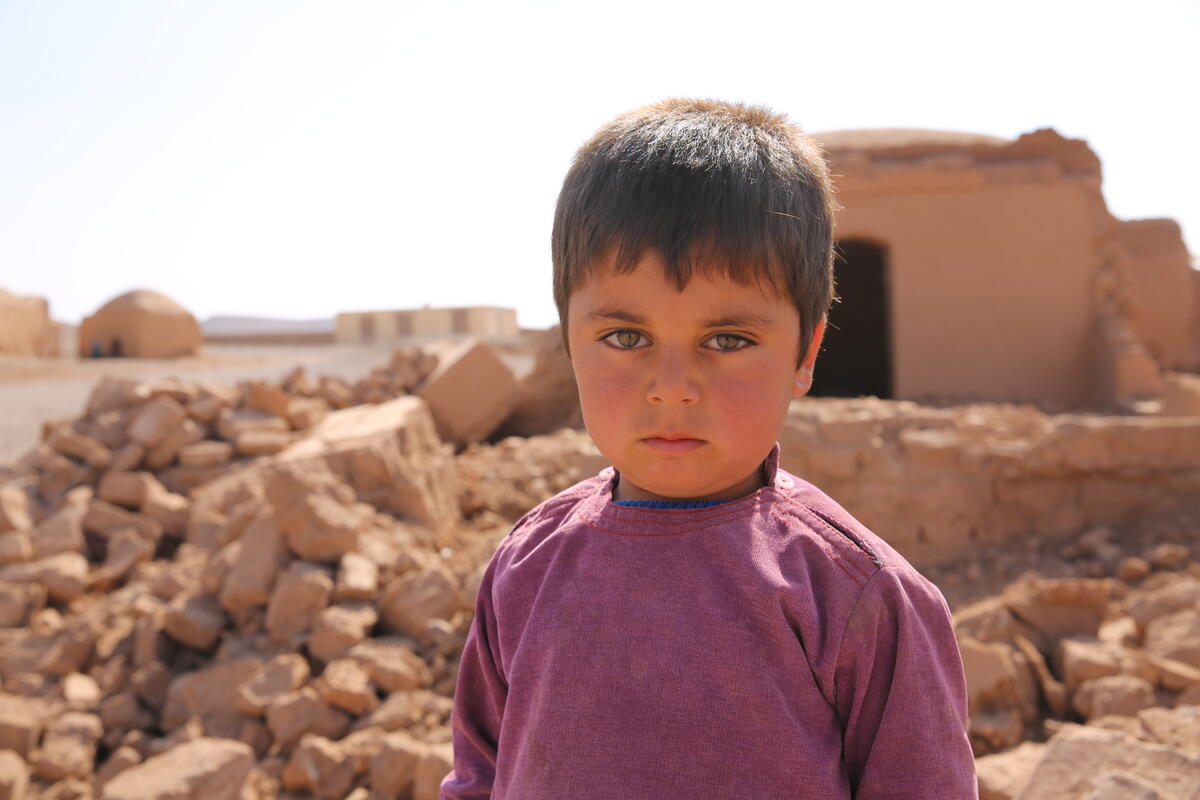
THE OUTLOOK FOR THE YEAR AHEAD IS JUST AS CONCERNING.
Nearly 300 million people will need urgent humanitarian support in 2024. That’s 1 in 27 people. Among them, a whole generation of children. A generation who has played no part in driving these needs or contributing to the destabilization of the world we live in – yet are suffering the most from the consequences.
1 child in every 5 around the world is living in or fleeing from conflict zones today. And these children are more at risk of harm than at any other time in the last 20 years.
They are more likely to be killed or maimed by bombs or bullets, recruited by armed groups, or exposed to sexual violence. They are more likely to be abducted, see their schools and hospitals reduced to rubble, or be denied access to life-saving aid.
These are all grave violations against children and the number of these types of violations has almost tripled since 2010.
At the same time, the climate crisis is accelerating at an alarming pace and its impacts are colliding with the effects of increasing state fragility, armed conflict, and poverty. A staggering 774 million children are facing the compounding impacts of poverty and the climate emergency.
Meanwhile, the ongoing El Niño event is projected to exacerbate matters this year, triggering more erratic weather and crop failures that could push 3.5 million more children into undernourishment. Already, 13.7 million children are facing life-threatening severe acute malnutrition.
WHILE THE WORLD IS BECOMING INCREASINGLY HOSTILE TO CHILDREN AND THEIR RIGHTS, OUR WORK TO PROTECT THEM HAS NEVER BEEN MORE DIFFICULT OR DANGEROUS.
Today’s alarming levels of humanitarian need fall against a backdrop of stagnant funding, rising geopolitical tensions, deteriorating rights norms and mounting disinformation campaigns.
By the end of November 2023, only 35% of funding required to meet global humanitarian need was made available. It was the first year humanitarian funding declined since 2010, and yet by the end of 2023, 30 million more people needed humanitarian assistance than at the start.
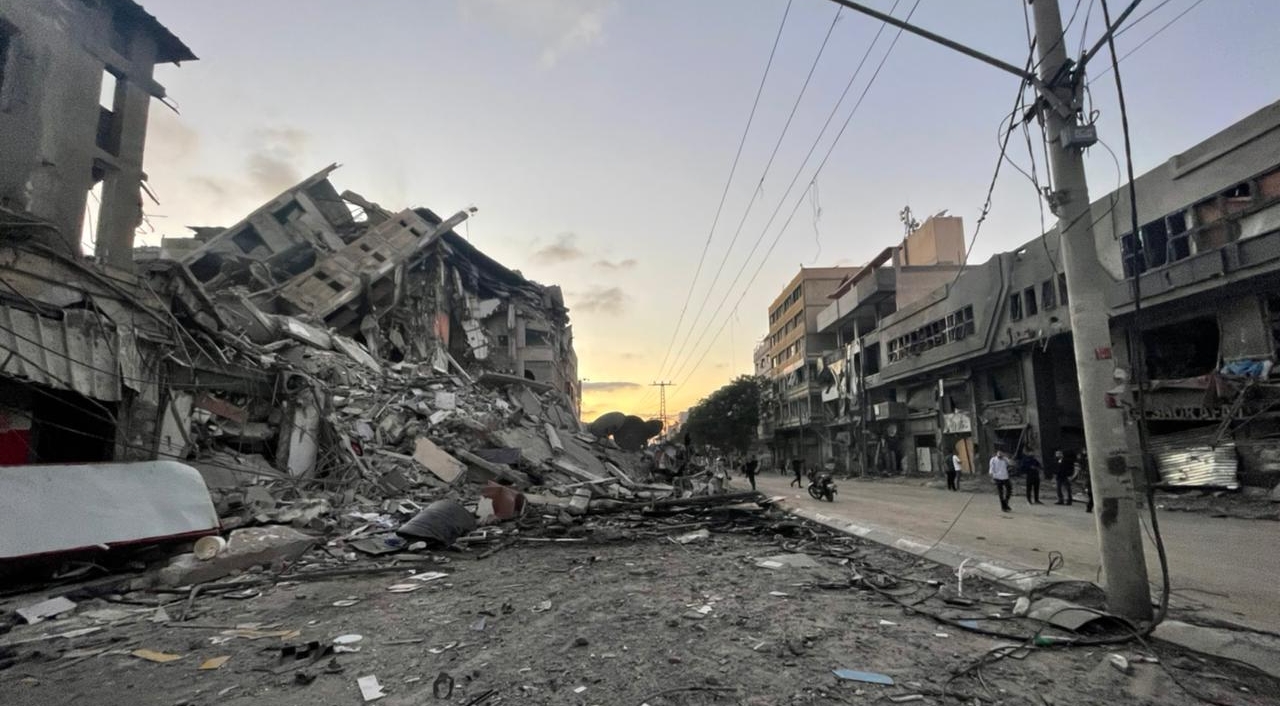
At the same time, in countless crisis-affected places, including Gaza, Yemen and Haiti, we’re seeing blatant disregard for international humanitarian law and shrinking access and protection for humanitarian workers.
Over the past two decades, the total number of humanitarian workers killed or injured has increased fivefold.
The escalation in violence in Gaza at the end of 2023, has been the deadliest conflict for humanitarian workers in modern history.
THIS MAY ALL FEEL HOPELESS, BUT IT ISN’T.
The challenges are undoubtedly huge, but so is our determination to protect children. As is the resolve of children to demand the change they want to see. Children are the most vulnerable in disasters, but with their resilience and our experience, together we can overcome even the most unimaginable challenges.
Save the Children’s 2024 Humanitarian Plan sets out how we will support children living in the most dangerous contexts and facing the toughest challenges to survive, stay safe and keep learning. We will aim to assist around 27 million people, including close to 16 million children across 46 countries in 2024.
Championing local and national responders, investing in action taken ahead of anticipated crises, and centring children’s voices and demands are foundational to our Humanitarian Plan.
WE CANNOT DO THIS ALONE.
Only by working together, with local and international partners, governments, institutions, supporters – and most importantly with children and communities – can we accelerate and amplify impact for children.
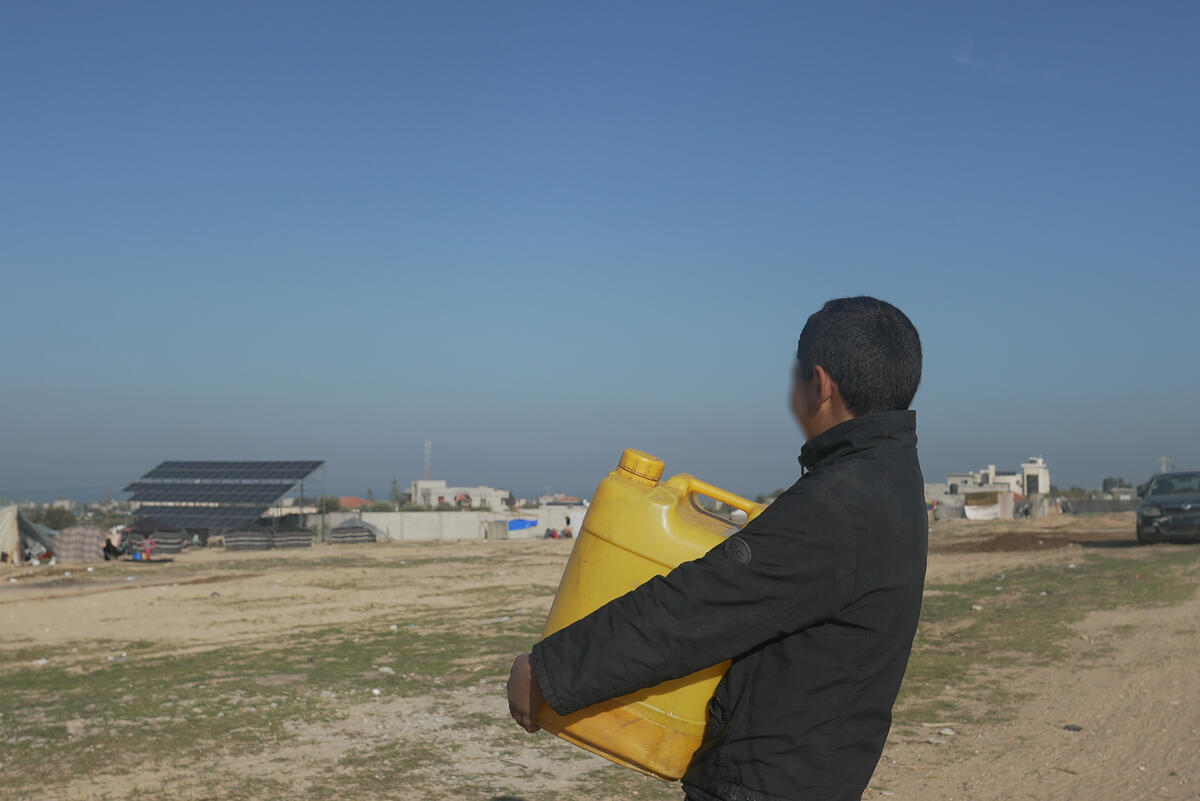
At a time when we have to do more with less, we must come together to strive for new paths forward and commit to adapting and evolving our approaches to more effectively support children when they need it most.
Read our full 2024 Humanitarian Plan here or check out this summary on 7 ways Save the Children will protect children in crisis in 2024.


